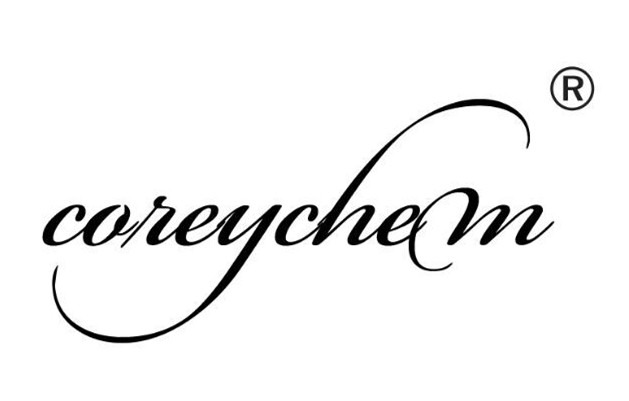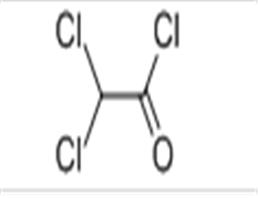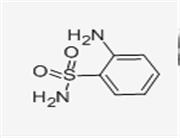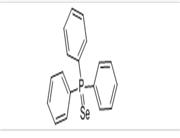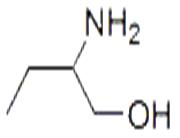JD008
MSDS Use and Synthesis Method Dichloroacetyl chloride price (reagent grade) Upstream and downstream product information
Chinese name: Dichloroacetyl chloride
Chinese synonym: 2,2-dichloroacetyl chloride; dichloroacetyl chloride; dichloroacetyl chloride; dichloroacetyl chloride; dichloroacetyl chloride; dichloroacetic acid chloride; dichloroacetyl chloride DICHLORO-ACETYL CHLORIDE LR; dichloroacetyl chloride, 97%
English name: Dichloroacetyl chloride
English synonym: 2,2-DICHLOROACETYL CHLORIDE;alpha,alpha-dichloroacetyl chloride;DICHLOROETHANOYL CHLORIDE;DICHLORACETYL CHLORIDE;DICHLOROACETIC ACID CHLORIDE;DICHLOROACETYL CHLORIDE;2,2-dichloroacetyl;2,2-dichloroacetylchloride[qr]
CAS No.: 79-36-7
Molecular formula: C2HCl3O
Molecular weight: 147.39
EINECS number: 201-199-9
Related Categories: Pharmaceutical Intermediates; Organics; Acid Halides; Carbonyl Compounds; Organic Building Blocks; Chemicals; Halogens; Organic Buildings; Organic Materials; Acid Chlorides; Pyridines;
Dichloroacetyl chloride
Boiling point 107-108 °C (lit.)
Density 1.533 g/mL at 20 °C
Refractive index n20/D 1.46 (lit.)
Flash point 66 °C
Storage conditions 2-8 ° C
Form Liquid
Clear colorless to light yellow
Water solubility MAY DECOMPOSE
Sensitivity Moisture Sensitive
Merck 14,3053
Stability Stable. Combustible. Incompatible with water, alcohols and oxidizing agents. Fumes in air.
CAS Database 79-36-7 (CAS DataBase Reference)
NIST Chemical Information Acetyl chloride, dichloro-(79-36-7)
EPA Chemical Information Acetyl chloride, dichloro-(79-36-7)
Dichloroacetyl chloride use and synthesis
Chemical properties Colorless and irritating liquid. It is miscible with ether.
Uses for organic synthesis and pesticides, pharmaceutical intermediates
Use as an organic synthesis intermediate
Use It is used in the synthesis of vinyl insecticides. It is also used in wool felting finishing, bleaching, decolorization, preservation, sterilization, disinfection and so on.
Production methods A variety of process routes can be employed in the preparation process. The reaction of dichloroacetic acid with chlorosulfonic acid, the reaction of chloroform with carbon monoxide under anhydrous aluminum trichloride, the reaction of dichloroacetic acid with phosgene in dimethylformamide, and the oxidation with trichloroethylene, etc. This product. Trichloroethylene and azobisisobutyronitrile (catalyst) are heated to 100 ° C, oxygen is introduced, and the reaction is carried out under a pressure of 0.6 MPa. The temperature of the oil bath is maintained at 110 ° C for 10 hours, and the product dichloroethylene is distilled off under normal pressure. Acid chloride. The reaction by-product trichloroethylene oxide can also be converted into dichloroacetyl chloride by reaction with an amine compound such as methylamine, triethylamine or pyridine.
Category Corrosive articles
Toxicity classification
Acute toxicity Oral - Rat LD50: 2460 mg / kg
Stimulus data Skin - Rabbit 10 mg / 24 hours Moderate; Eye - Rabbit 50 μg Severe
Flammability Hazardous characteristics In case of fire, high heat, oxidant flammable; toxic chloride gas decomposed by heat or water
Storage and transportation characteristics The warehouse is ventilated and dried at low temperature; it is stored separately from oxidants and acids.
Extinguishing agent, sand, carbon dioxide

 China
China

